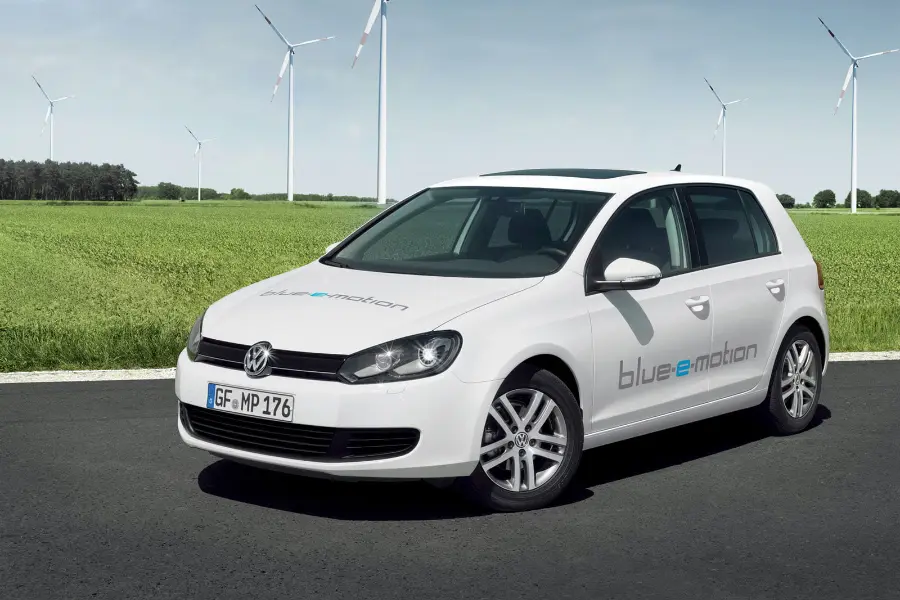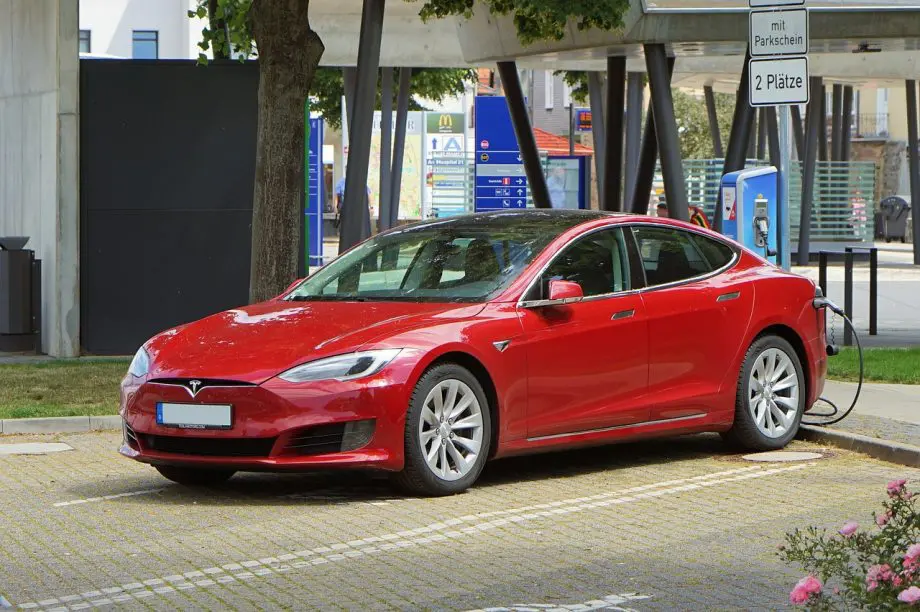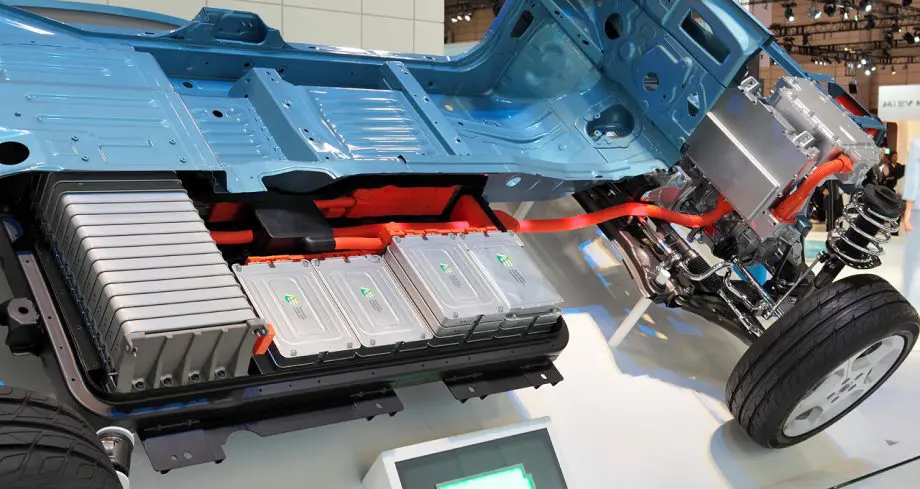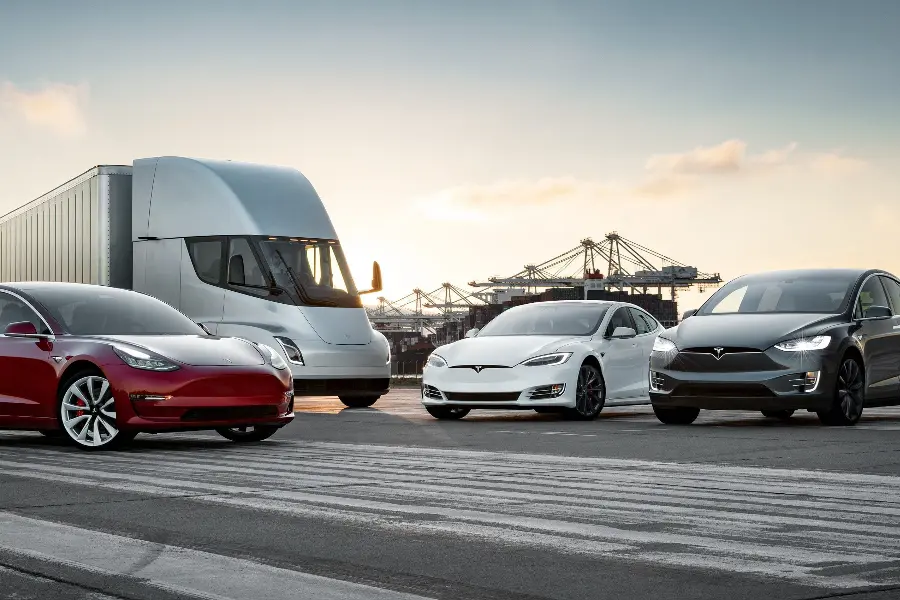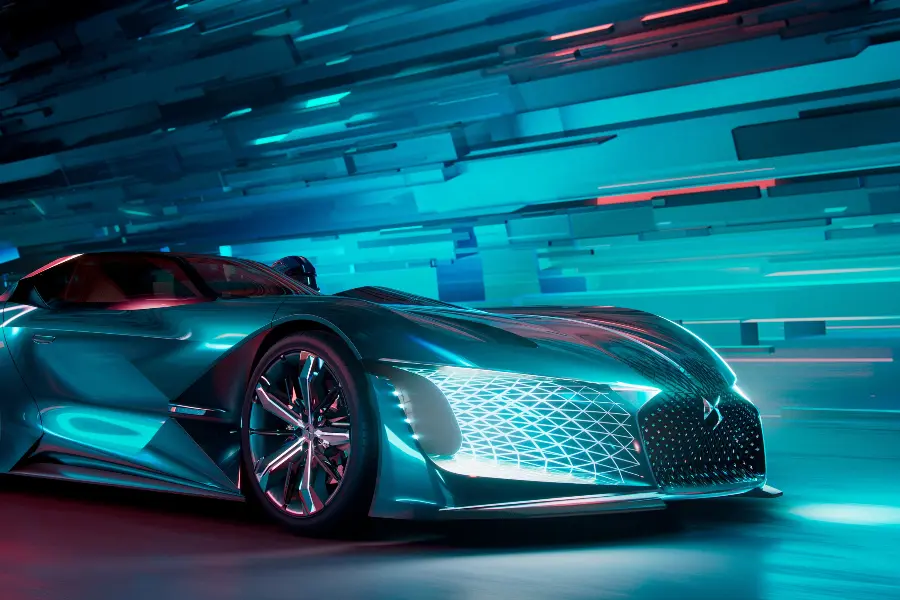
Explore the exciting journey ahead with ‘The Future of Electric Vehicles’. Uncover trends, challenges, and opportunities in the EV market in our latest blog post!
Ready to embark on an electrifying journey?
Strap in as we navigate the twists and turns of the future of electric vehicles and trends to watch for.
From the current state of the market to the exciting trends on the horizon, we’re going to explore it all.
So, buckle up and get ready to accelerate into a future where electric vehicles take the driver’s seat. Let’s hit the road to discovery together!
The Future of Electric Vehicles: Trends to Watch Out For
Welcome aboard on this electrifying journey as we delve into the future of electric vehicles!
In this blog post, we’ll navigate through the current landscape of the EV market, zoom into the emerging trends that are shaping the industry, and shed light on the challenges and opportunities that lie ahead.
We’ll also answer some burning questions you might have about electric vehicles. So, buckle up, and let’s hit the road to the future of transportation!
Brief Overview of the Electric Vehicle (EV) Market
Let’s start our journey with a quick pit stop to understand the current landscape of the electric vehicle market.
It’s no secret that the EV market has been revving up in recent years.
With a surge in environmental consciousness and advancements in technology, more and more consumers are switching gears from traditional gas-guzzlers to sleek, sustainable electric vehicles.
From compact cars to luxury SUVs, the variety of EVs available today is truly impressive.
Major automakers are investing heavily in electric technology, and new players are entering the scene, making the market as dynamic and exciting as a Formula E race!
Importance of Understanding Future Trends
Now, you might be wondering, Why should I care about future trends in the EV market?
Well, just like a road trip, it’s always a good idea to know what lies ahead.
Understanding these trends can help us anticipate changes in the market, make informed decisions, and even influence the direction of the industry.
Whether you’re a consumer considering buying an EV, an investor looking for the next big thing, or simply an enthusiast keen on staying updated, keeping an eye on future trends is key.
So, let’s dive in and explore what the future holds for electric vehicles!
The Current State of the Electric Vehicle Market
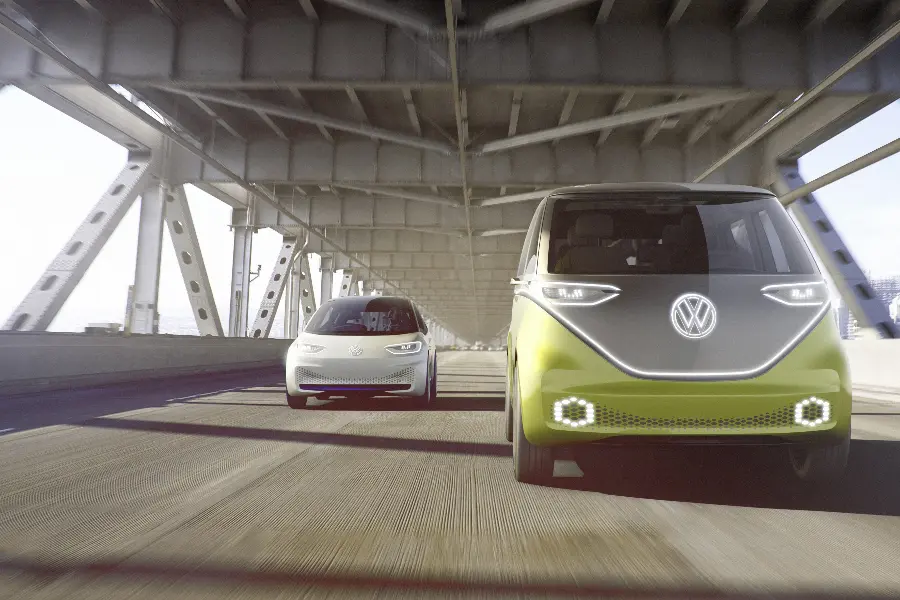
Now that we’ve set the stage, let’s shift gears and take a closer look at where we stand today in the world of electric vehicles.
The current state of the EV market is a fascinating mix of rapid innovation, growing consumer interest, and significant challenges.
It’s a bit like being at a crossroads where various paths are converging and diverging at the same time.
So, let’s hit the accelerator and delve into the nitty-gritty of the current EV market. Buckle up, it’s going to be an electrifying ride!
Recent Growth in EV Sales
Let’s start by talking about the recent growth in EV sales. It’s been nothing short of phenomenal!
Over the past few years, we’ve seen a significant surge in the number of electric vehicles hitting the roads.
In fact, sales of electric vehicles in the United States alone rose by two-thirds in 2022, making up 5.8 percent of all new vehicles sold.
That’s a big leap from just a few years ago! This growth trend isn’t just confined to the U.S., it’s a global phenomenon.
It’s clear that more and more drivers are plugging into the benefits of going electric, from environmental impact to cost savings over time.
Key Players in the Market
Now, let’s talk about the key players making waves in the EV market. When we think of electric vehicles, names like Tesla, Nissan, and Chevrolet probably spring to mind.
These companies have been at the forefront of the EV revolution, pushing boundaries and setting new standards.
But they’re not the only ones. Traditional automakers like Ford and Volkswagen are also stepping up their game, introducing new electrified models and investing heavily in EV technology.
And let’s not forget the newcomers, like Rivian and Lucid Motors, who are shaking things up with their innovative designs and cutting-edge technology.
The competition is heating up, and that’s great news for us consumers as it drives innovation and choice in the market.
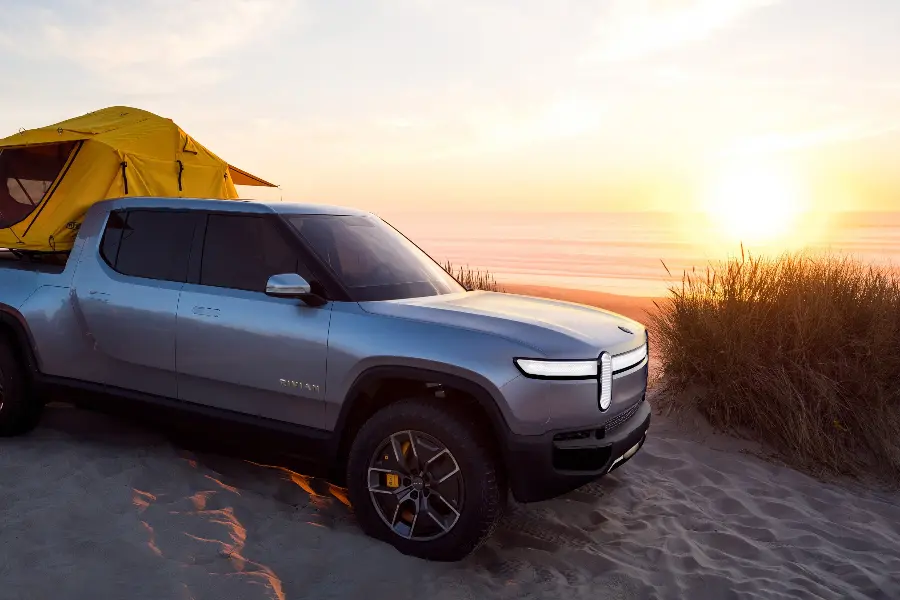
Future Trends in the Electric Vehicle Market
Alright, we’ve taken a look at the current state of the EV market, but what about the road ahead?
What trends are on the horizon that could shape the future of electric vehicles?
Well, just as a car’s headlights illuminate the path forward, let’s shine a light on the trends that are set to drive the EV market in the coming years.
From technological advancements to shifts in consumer behavior, there’s a lot to look forward to.
So, let’s put the pedal to the metal and explore what the future holds for the world of electric vehicles!
Increased Range and Charging Speed
One of the most exciting trends in the EV market is the increase in range and charging speed.
Remember when range anxiety was a major concern for potential EV buyers?
Well, those days are becoming a thing of the past. Thanks to advancements in battery technology, EVs are now capable of covering longer distances on a single charge.
And it’s not just about the range. Charging speeds are also improving, making it quicker and more convenient to top up your EV’s battery.
Imagine being able to charge your electric car in the time it takes to enjoy a cup of coffee!
More Affordable and More Available EVs
Another trend to watch out for is the increasing affordability and availability of EVs.
As technology improves and economies of scale kick in, the cost of producing electric vehicles is coming down.
This means more affordable options for consumers, making EVs accessible to a wider audience.
And it’s not just about price. The variety of EV models available is also expanding, from compact city cars to spacious SUVs, there’s an electric vehicle to suit every taste and budget.
Growth of the Used EV Market
The used EV market is another area experiencing significant growth. As more people switch to electric, the number of used electric vehicles available is increasing.
This provides an affordable entry point for those looking to make the switch to electric.
Plus, with the longevity and reliability of electric vehicles, a used EV can be a great investment.
Technological Advancements in EVs
When it comes to technological advancements, the EV market is at the forefront.
From improvements in battery technology to the integration of advanced driver-assistance systems, EVs are becoming smarter, safer, and more efficient.
And let’s not forget about the potential for autonomous driving.
With many EV manufacturers investing in self-driving technology, the future of electric vehicles is not just electric, but autonomous too!
The Rise of Luxury EVs
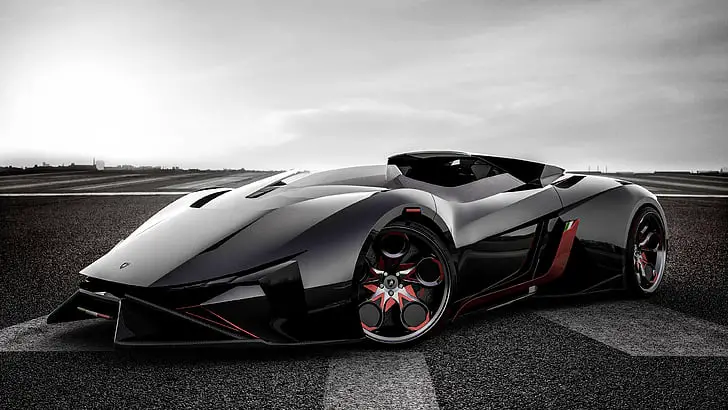
The luxury segment of the EV market is also seeing significant growth. More and more luxury car manufacturers are introducing electric models, combining the opulence and high-end features of luxury cars with the sustainability and efficiency of electric power.
From Tesla’s Model S to the Lucid Air, luxury EVs are offering a new level of comfort and performance in the electric vehicle market.
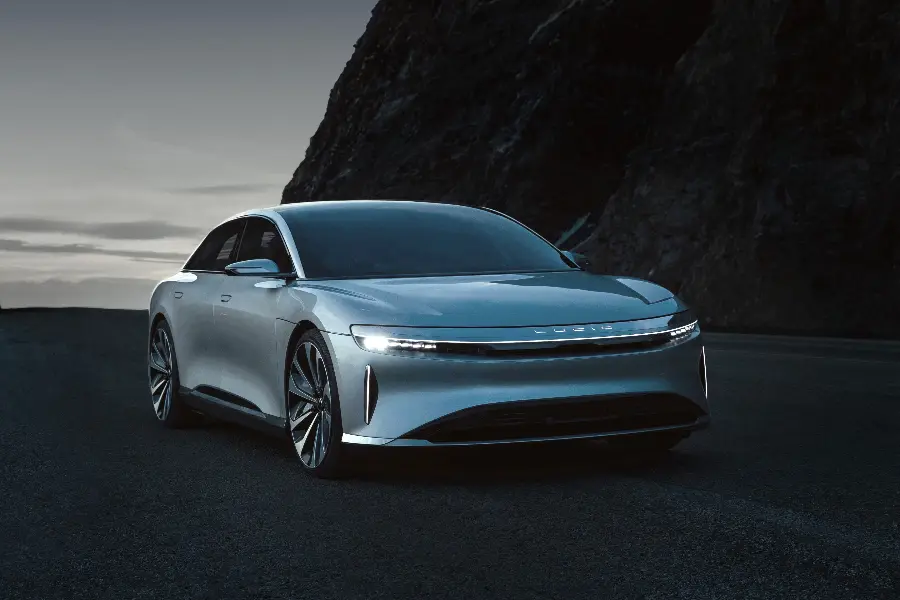
The Global EV Market Growth
On a global scale, the EV market is booming.
Countries around the world are setting ambitious targets for EV adoption and implementing policies to encourage the switch to electric.
From Europe to Asia, the demand for electric vehicles is on the rise. This global growth trend is set to continue, making the future of the EV market brighter than ever.
The Future of Electric Car Design
Last but not least, let’s talk about the future of electric car design.
As the constraints of traditional internal combustion engines are removed, designers have more freedom to reimagine the shape and layout of vehicles.
This means we can expect to see more innovative and exciting designs in the future.
From sleek and aerodynamic exteriors to spacious and flexible interiors, the future of electric car design is sure to turn heads.
Back To The Future
Remember the scene in Back To The Future with the Delorean and a Mr. Fusion loaded up with egg shells and banana peels and Miller Beer?
Well, it turns out we are not that far from that day. Peering into the distant future, the shift toward electric transportation could unlock possibilities that once seemed like pure science fiction.
Nuclear fusion, while not yet a fully realized technology, made a significant leap forward in late 2022.
According to the Department of Energy, scientists achieved a milestone by extracting more energy from the fusion process than they invested into it for the first time.
When the day comes that we can harness fusion to power our electrical grid, our electric vehicles will be primed and ready to tap into this potentially boundless source of energy.
Challenges and Opportunities in the Electric Vehicle Market
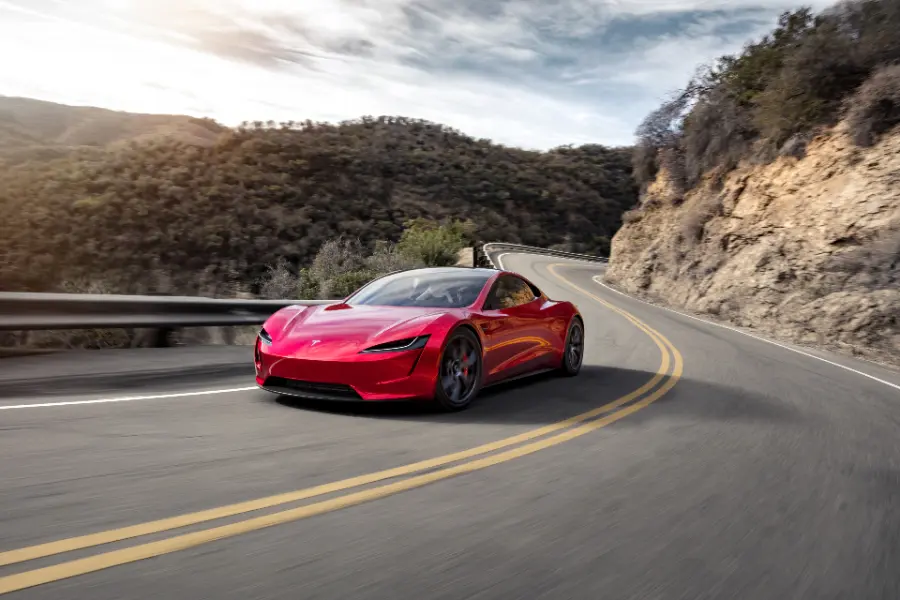
As we cruise further into the world of electric vehicles, it’s important to recognize that every journey has its bumps and turns.
The road to a fully electric future is no different. There are challenges to overcome, but with every challenge comes an opportunity.
In this section, we’ll delve into some of the key challenges facing the EV market and explore the opportunities they present.
From infrastructure to policy, consumer attitudes to market dynamics, let’s navigate the complexities of this exciting industry together. Ready? Let’s roll!
Infrastructure Challenges and Solutions
One of the biggest roadblocks on the path to widespread EV adoption is infrastructure.
Simply put, we need more charging stations, and we need them in more places.
But here’s the good news: solutions are already in motion. Both public and private sectors are investing heavily in expanding charging infrastructure.
From federal funding for public charging stations to private companies developing advanced home charging solutions, efforts are underway to make charging as convenient as possible.
And it’s not just about quantity, but also quality. New charging stations are being equipped with higher power outputs, meaning faster charging times for EVs.
So, while infrastructure remains a challenge, it’s one that’s being tackled head-on.
Policy and Regulatory Landscape
The policy and regulatory landscape is another crucial piece of the EV puzzle. Policies can either accelerate or hinder the growth of the EV market.
On the positive side, many governments around the world are implementing policies to promote EV adoption, such as tax credits for EV purchases and funding for charging infrastructure.
However, there are also regulatory challenges to overcome, such as the need for standardization in charging technology and the transition of the auto industry workforce.
It’s a complex landscape, but one that holds the potential to shape a sustainable and inclusive electric future.
Consumer Attitudes and Behaviors
Finally, let’s talk about us, the consumers. Our attitudes and behaviors play a pivotal role in the growth of the EV market.
As awareness about the environmental impact of traditional cars grows, more and more people are considering making the switch to electric.
However, there are still misconceptions and uncertainties to address, such as range anxiety and upfront costs.
The good news is, as more people experience the benefits of driving an EV, attitudes are shifting.
And with the growth of the used EV market and the introduction of more affordable models, electric vehicles are becoming a viable option for a wider range of consumers.
So, while consumer attitudes and behaviors present a challenge, they also represent a huge opportunity for the EV market.
The Future of Electric Vehicles FAQs
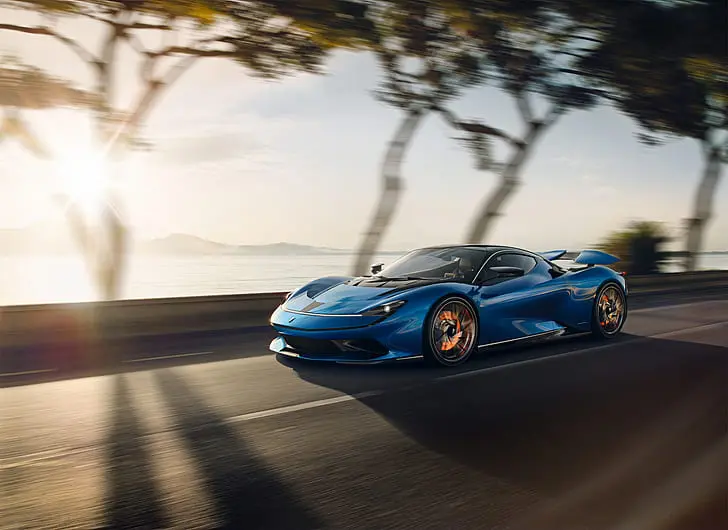
As we journey through the world of electric vehicles, it’s natural to have a few questions popping up along the way.
After all, it’s a rapidly evolving industry with new developments happening all the time.
In this section, we’ll tackle some of the most frequently asked questions about electric vehicles.
From future predictions to industry trends, we’ve got you covered. So, if you’ve been wondering about something, chances are you’ll find the answer here. Let’s dive into the FAQs!
Q: What are the predictions for electric cars for the future?
A: The future of electric cars looks bright!
Predictions suggest that we’ll see improvements in battery technology leading to longer ranges and faster charging times.
We can also expect a wider variety of EV models available, including more affordable options and luxury vehicles.
Additionally, as infrastructure expands and policies promote EV adoption, we’re likely to see a significant increase in the number of electric cars on the road.
Q: What is the trend toward electric vehicles?
A: The trend toward electric vehicles is definitely on the upswing.
More and more consumers are recognizing the benefits of EVs, from environmental impact to cost savings over time.
This shift in consumer attitudes, coupled with advancements in technology and supportive policies, is driving a steady increase in EV sales globally.
Q: What is the EV industry trend in 2023?
A: In 2023, the EV industry is expected to continue its growth trajectory.
Key trends include the expansion of charging infrastructure, the introduction of new EV models, and advancements in battery technology.
Additionally, policies such as tax credits and funding for infrastructure development are likely to further boost the EV market.
Q: Can you still drive gas cars after 2035?
A: The answer to this question largely depends on where you live.
Some countries, like the UK and Norway, have set ambitious targets to phase out the sale of new gasoline and diesel cars by 2030 and 2035 respectively.
However, these bans typically apply to the sale of new cars, so you’d likely still be able to drive your existing gas car after these dates.
It’s always a good idea to check the specific regulations in your country or state.
The Future of Electric Vehicles Conclusion
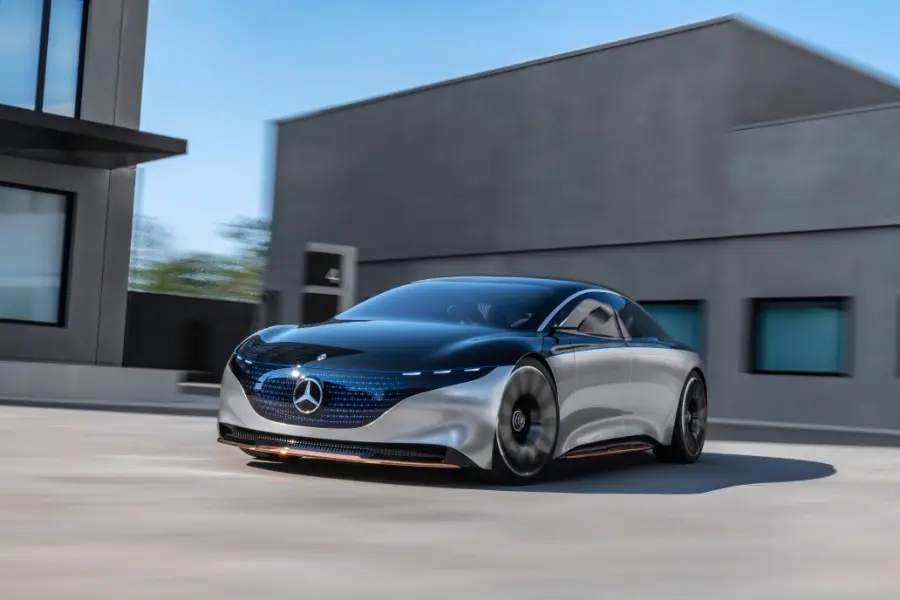
As we approach the end of our electrifying journey through the world of electric vehicles, it’s time to take a moment to reflect on what we’ve learned.
From understanding the current state of the EV market to exploring future trends, we’ve covered a lot of ground.
But as with any journey, it’s not just about the destination, but also about the journey itself.
So, let’s take a look back at the key points we’ve discussed and consider what they mean for the future of electric vehicles.
Ready for the recap? Let’s wrap things up!
Recap of Key Points
We’ve had quite the journey exploring the world of electric vehicles.
We started with a look at the current state of the EV market, noting the recent growth in EV sales and the key players driving this change.
We then shifted gears to explore the future trends in the EV market, from increased range and charging speed to the rise of luxury EVs and the growth of the global EV market.
We also discussed the challenges and opportunities in the EV market, including infrastructure issues, the policy and regulatory landscape, and changing consumer attitudes.
And of course, we tackled some of the most frequently asked questions about electric vehicles.
Final Thoughts on the Future of EVs
As we wrap up, it’s clear that the future of electric vehicles is bright.
The industry is evolving at a rapid pace, driven by technological advancements, changing consumer attitudes, and supportive policies.
While there are challenges to overcome, the opportunities are immense.
As more and more people embrace electric vehicles, we’re not just moving towards a more sustainable future, but also a more exciting and innovative one.
So, whether you’re a potential EV buyer, an investor, or simply an enthusiast, there’s a lot to look forward to in the world of electric vehicles.
Here’s to the electrifying journey ahead!


